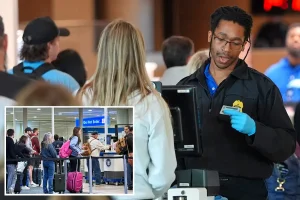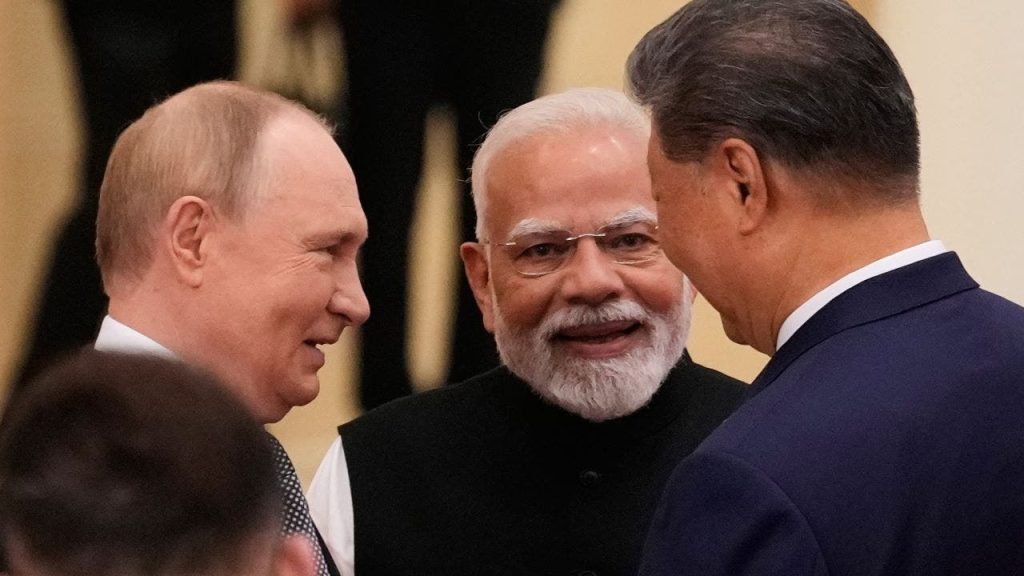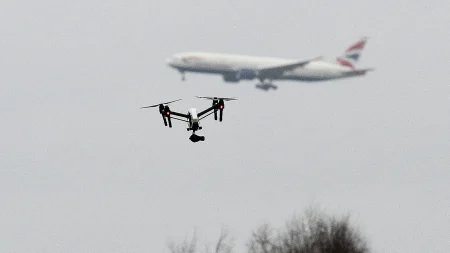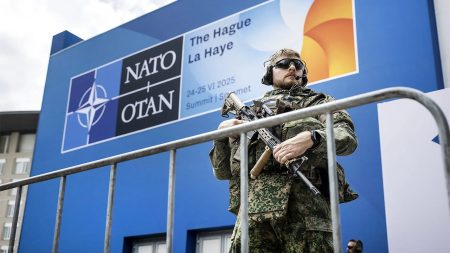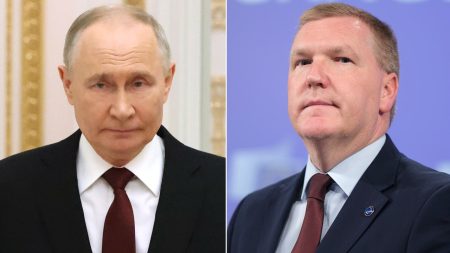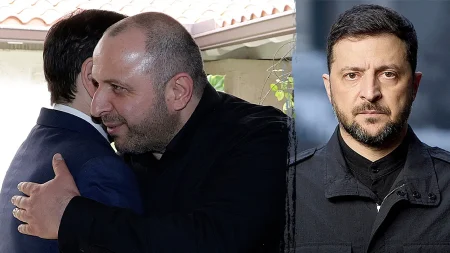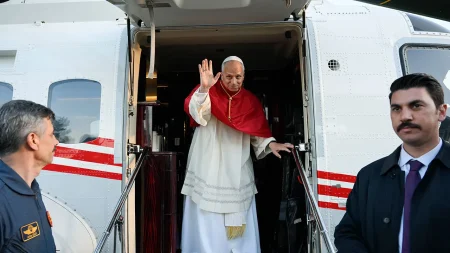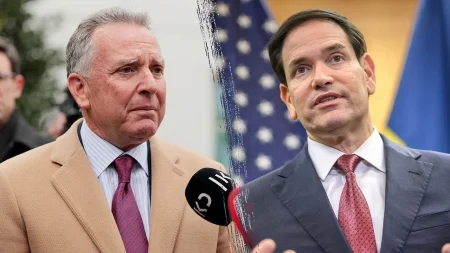Modi Reaches Out to Russia and China Amid US Tariff Tensions
In a significant diplomatic pivot, Indian Prime Minister Narendra Modi engaged in notably warm meetings with Russian President Vladimir Putin and Chinese President Xi Jinping at the Shanghai Cooperation Organization (SCO) summit in Tianjin, China. The timing of these friendly exchanges was particularly telling, coming just days after President Donald Trump’s administration implemented substantial 50% tariffs on Indian goods entering the United States. Modi’s visit to China was his first in seven years, symbolizing a potential shift in regional alliances as India navigates increasing economic pressures from Washington. Images of Modi holding hands with both leaders and his subsequent social media posts praising his “insightful” conversations with Putin sent clear signals about India’s willingness to strengthen ties with nations currently at odds with the United States.
The personal chemistry displayed between Modi and Putin was especially noteworthy, with Modi even taking a ride in Putin’s presidential limousine—mirroring Putin’s own recent meeting with Trump in Alaska. The Russian leader reciprocated this warmth by referring to Modi as his “dear friend” and expressing appreciation for the “friendly and trusting” relationship between their countries. Similarly, Modi emphasized that India views itself as China’s “partner” rather than a “rival,” suggesting a potential thawing in the often tense India-China relationship. While never directly criticizing the United States, these gestures collectively represented a subtle but unmistakable response to Washington’s recent economic measures against India. Xi Jinping also contributed to this narrative by condemning unnamed countries for “bullying behavior” during his summit address—a thinly veiled reference that most observers interpreted as criticism of American trade policies.
Trump appeared to notice these diplomatic overtures, responding with a social media post that emphasized America’s economic leverage over India. “What few people understand is that we do very little business with India, but they do a tremendous amount of business with us,” Trump wrote, describing the United States as India’s “biggest client.” He also claimed that India had offered to eliminate its tariffs entirely but suggested this concession came too late, adding, “They should have done so years ago.” This public exchange highlights the increasingly transactional nature of US-India relations under Trump, contrasting with the strategic partnership both countries have cultivated over recent decades. The tariff dispute represents a significant test for a relationship that both nations have previously described as a natural alliance between the world’s oldest and largest democracies.
The SCO summit itself holds particular significance in this context, as China has long positioned this organization as a counterbalance to US and NATO influence in global affairs. Modi’s enthusiastic participation signals India’s willingness to explore alternative international alignments and partnerships beyond its traditional Western relationships. This diplomatic flexibility represents a pragmatic approach for India, which has historically maintained a policy of strategic autonomy rather than formal alliance with any major power. By engaging simultaneously with Russia, China, and the United States, Modi demonstrates India’s determination to protect its national interests through a diversified foreign policy that avoids excessive dependence on any single relationship. For a country with India’s size, economic potential, and regional significance, this balanced approach offers maximum flexibility in an increasingly multipolar world.
Recent diplomatic activities further underscore this evolving dynamic, with a flurry of high-level exchanges between India and both Russia and China. India’s national security advisor traveled to Moscow last month, followed by visits from the Indian foreign minister to Russia and the Chinese foreign minister to Delhi in August. Putin is also expected to host Modi in Moscow before year’s end, continuing this pattern of engagement. These developments suggest that India is methodically expanding its diplomatic options while sending a message to Washington that its cooperation cannot be taken for granted. For India, maintaining positive relations with both Western democracies and Eastern powers like Russia and China represents not just diplomatic hedging but a fundamental pillar of its foreign policy tradition dating back to its non-aligned stance during the Cold War.
The implications of these diplomatic maneuvers extend far beyond bilateral relations, potentially reshaping the broader geopolitical landscape in Asia and beyond. As the United States pursues more aggressive trade policies under Trump’s “America First” approach, countries like India may increasingly look to strengthen regional partnerships as a counterbalance. This situation presents both challenges and opportunities for all parties involved. For the United States, maintaining strong ties with India remains strategically vital, particularly as a counterweight to China’s growing influence in the Indo-Pacific region. For India, navigating between competing great powers offers potential economic and security benefits while also carrying risks of being caught in the crossfire of great power competition. And for Russia and China, improved relations with India provide valuable diplomatic support during their own periods of tension with the West. As these dynamics continue to evolve, the international community will be watching closely to see whether these meetings represent a temporary tactical adjustment or the beginning of a more fundamental realignment in global power relationships.
